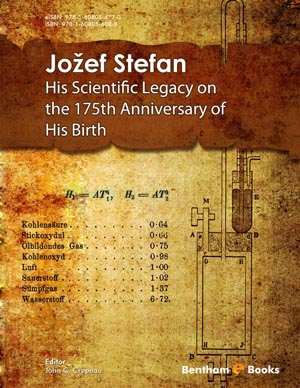Abstract
Alice in Wonderland is an animated adventure fantasy movie directed by Tim Burton, written by Linda Woolverton, and published by Walt Disney Pictures in 2010. The main topic of the movie is describing the strange dream that Alice had when she was a child. Her tumultuous imagination and love of miracles inspire us to think the way she does and to awaken the child in us. If there is one epithet in this story that will define the whole topic, it is the term Miracle. Here we encounter various strange things that we do not experience in everyday life, such as disproportion, a mixture of architectural styles combined with various geometric shapes and motifs, and a number of other strange but interesting events and places where the connection between space, time, and humans is emphasized. Many concepts, creative thoughts, and events in the movie can also be interpreted from an architectural point of view. Here first comes the different proportions of the elements and the relationship between humans and space. More specifically, Alice falls into a rabbit hole and from reality comes into a world called The Underworld, which is creative, fantastic, and invented in her dreams. With the help of an elixir and a cookie, her size increases and decreases on a drastic scale compared to the other elements around her. Another controversial scene that can be analyzed from an architectural perspective is the castles of the Red and White Queens. Both castles are in Gothic architecture, but as a result of Alice’s imagination, some shapes, motifs, and colors have been added, breaking the monotony of continuous Gothic architecture elements. Moreover, the strange creatures in the forest, the white rabbit with the clock who is constantly in a hurry, the Mad Hatter, the Cheshire Cat, and the Blue Caterpillar are characters that further enrich the story with miracles. All these elements will be discussed and analyzed in more detail below. The purpose of this analysis is to open the point of view and the inspiring thoughts of the architect with the help of a child's imaginary fantasy world.








